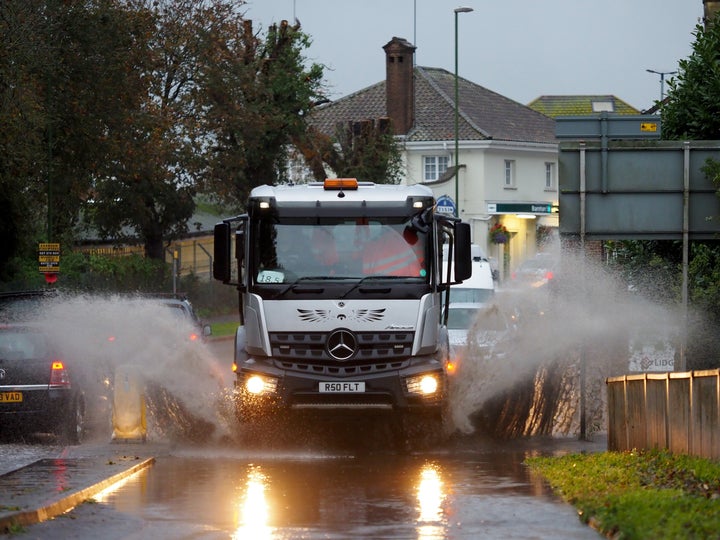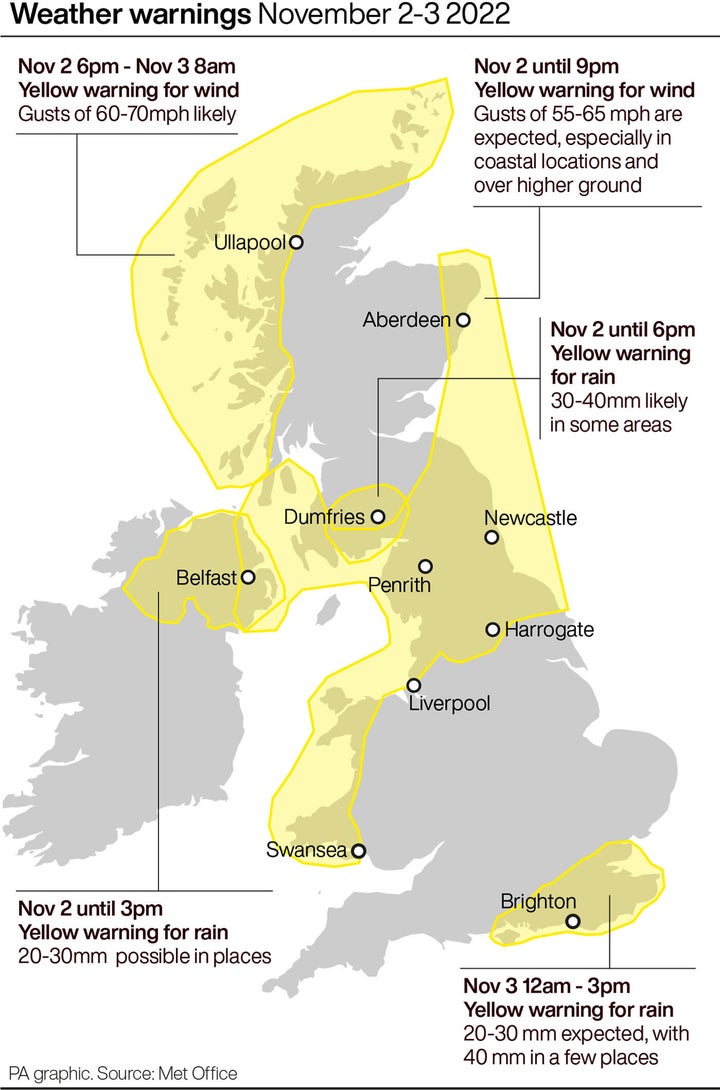
The UK is back to being wet and miserable this week, so it may surprise you to know that a hosepipe ban is still in place across much of the country.
Hosepipe bans were introduced in August this year following weeks of dry weather and record-breaking heat. But now, those 40ºC temperatures feel like a lifetime ago.
In fact, the rain has been so heavy this week that parts of the UK have experienced flooding, with a yellow weather warning for rain issued by the Met Office across several areas. Up to 40mm of rain could fall in coastal areas on Thursday, the forecaster said.
So, why are hosepipe bans still in place?

In an email to customers this week, Thames Water explained that despite the recent downpours, the ground is still recovering from our extremely dry and hot summer.
“To keep taps flowing, we rely on natural water sources that collect water deep below the surface,” it said.
“These sources refill when rain soaks down to them. But months of low rain means the top soil is acting like a dry sponge, stopping moisture from reaching deep enough underground.
“New figures show we had 100mm of rain in October, but only 6mm of that will reach our sources. We need many more weeks of above-average rain to help them recover.”
Earlier this year, a fascinating video created by researchers at the University of Reading demonstrated why the ground is so prone to flooding after a prolonged period of drought.
In the clip, Dr Rob Thompson puts a cup of water onto wet grass, normal summer grass and grass after a heatwave. The cup of water after a heatwave doesn’t absorb into the grass compared to wet grass and normal grass.
One Twitter user asked Dr Thompson why the dry soil hardly absorbs any water.
“It gets compacted through the lack of water,” Dr Thompson replied. “But there’s a big factor from the small soil particles becoming hydrophobic (like the coating on waterproof coats) – which combines with water’s very strong surface tension meaning water molecules can’t fall through the small gaps.”
Though it may sound counter-intuitive, dry ground just doesn’t absorb water as quickly. So despite the rain – and possible floods – hosepipe bans aren’t going anywhere just yet.